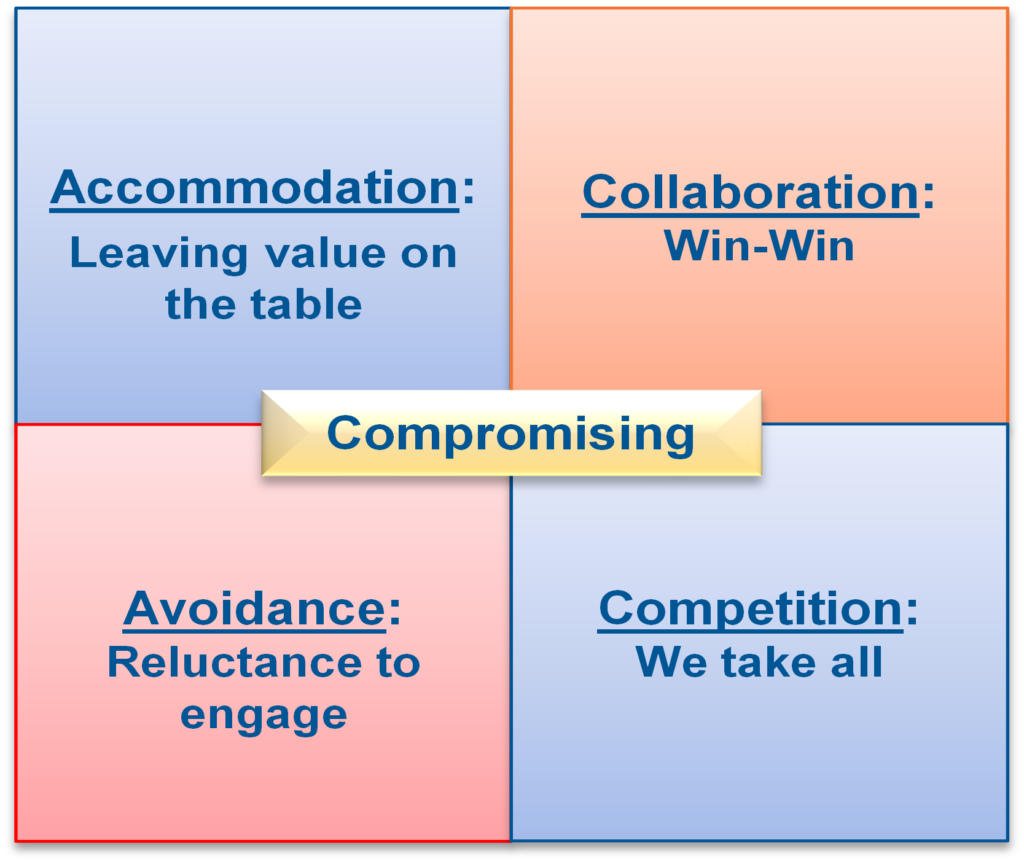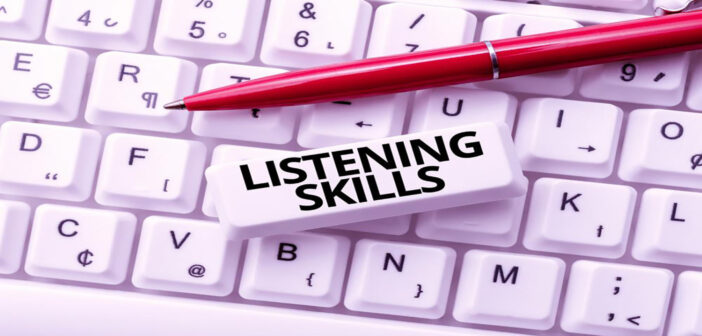Hope you all had a safe 4th of July holiday weekend, and our thoughts and prayers go out to our neighbors in Highland Park, IL who have suffered such a horrible loss. Now, back to this blog . . . . I wish I had a nickel for every company that has called us in search of the holy grail in Negotiations. We are as good as any consultants in teaching how to negotiate BUT we also focus on another critical skills which is LISTENING. Without effective listening, don’t bother wasting your time on elaborate negotiation strategies because chances are you won’t grasp what the other party really “needs” and this is everything in negotiating. Effective listening is also critical in building relationships (internal with our business partners and external with suppliers, regulators, customers, etc.) which is essential in Category Management.
I recently read an article in HBR, “What is Your Listening Style?” and it had a number of great tips I would like to share. Just like there are various Negotiation Styles

some of which you may be comfortable using (and others not) there are also various Listening Styles (some will feel natural to you and others will not). For both Negotiation styles and Listening styles, you need to be able to use the style that works for a given situation. “Learning to listen well begins with understanding what type of listener you are. In our work as both health care clinicians in critical care and debriefing experts who teach how to optimize learning conversations, we have observed four distinct listening styles:
• An analytical listener aims to analyze a problem from a neutral starting point.
• A relational listener aims to build connection and understand the emotions underlying a message.
• A critical listener aims to judge both the content of the conversation and the reliability of the speaker themselves.
• A task-focused listener shapes a conversation towards efficient transfer of important information.
Developing the ability to shift dynamically between these styles can lead to impactful conversations by matching the speaker’s needs with the most appropriate listening technique. This is the first step to improving your listening.”
Are you able to utilize the right listening style based on the situation you find yourself in? Understanding your predominant listening style is important but also acknowledging that the other styles may be required as needed. Here are some suggested ways to improve your listening.
1. Establish why you are listening.
When starting a conversation, consider what the goals of the conversation are, and how best you can listen in that moment. Try to understand what the other party needs from the discussion. If a deep conversation is required and you simply don’t have the time, let the other party know and schedule a time when you can give the discussion your full attention. This will go a long way to building a relationship and letting the other party know that their needs are important to you.
2. Recognize how you usually listen.
Your predominant listening style may be sabotaging your goals. You “may have received positive feedback for being consistently efficient, funny, articulate, or supportive, but the default style being used may preclude applying different listening styles to achieve other goals. For example, time-pressured environments often require task-oriented or critical listening styles in order to make rapid decisions. While that may be consistently effective at work, it may backfire when applied frequently at home to family and friends who may need something more than rapid decision support.”
3. Be aware of who is the focus of attention.
Beyond listening styles, the way we insert ourselves into the speaker’s narrative shifts the focus of conversational attention. You may find yourself providing your our own personal story which may preclude hearing the other’s whole message.
4. Adapt the listening style to achieve conversational goals.
“Staying focused on the other party and the goals will help you adapt to the needs of the situation.” Asking clarifying questions to gain a deeper understanding of the other party’s needs may help you to capture valuable information and more effectively address those needs.
5. Ask: Am I missing something?
“It may be hard to ascertain the conversational goals if the speaker who initiates the conversation does not know what they are hoping to get out of it. Ambiguity about goals, uncertainty about sharing vulnerability, unexamined emotions, and logistical pressures may be part of the discovery process.” Simply asking to understand the goal of the conversation can goal a long way to help direct the discussion. Being an effective listener is a critical professional competency that we all need. There is a reason why were given two ears and only one mouth!
Let us know what you think and join in the conversation . . . . . .


